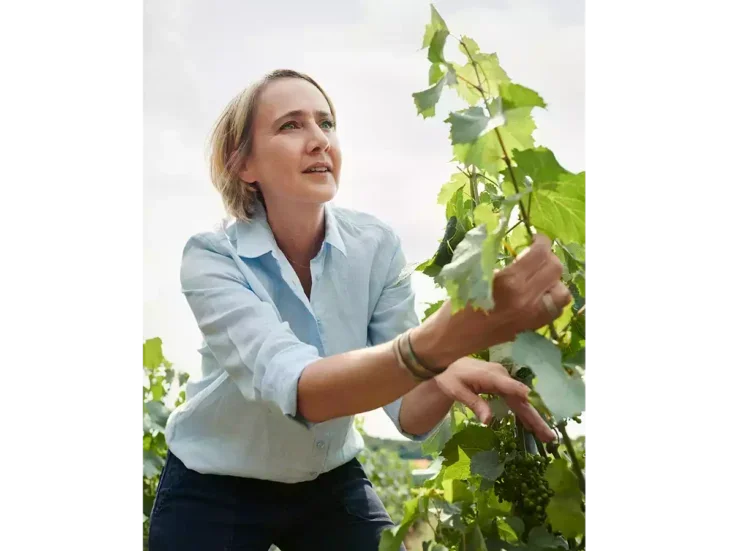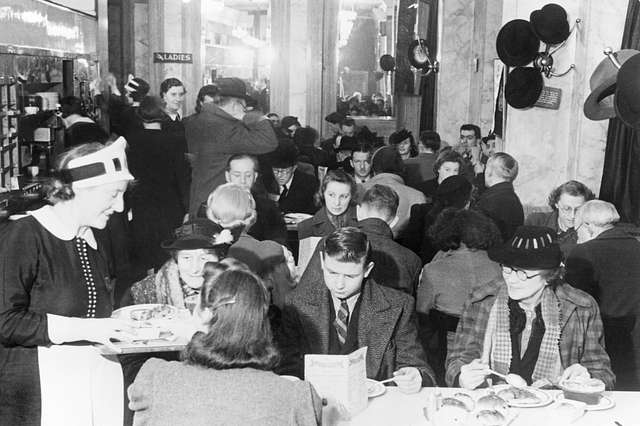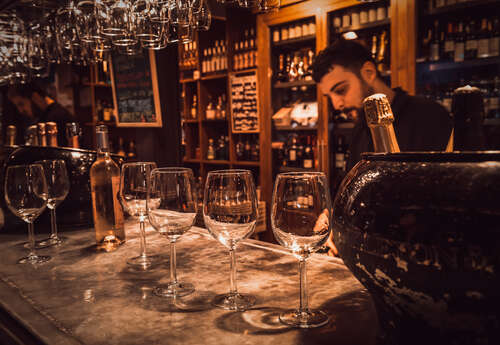Tom Stevenson on the complex processes involved in the application of liqueur de tirage.
I doubt that anyone who is sufficiently into wine to subscribe to The World of Fine Wine will be unaware of the liqueur de tirage, but whereas it might be common knowledge among this readership that the liqueur is added to the base wine to initiate and complete the second fermentation, it might surprise some to discover how it is concocted.
A common misconception is that sugar and yeast are simply mixed together and added to the base wine, but this would not work. The liqueur d’expédition is not a one-off addition. It is an umbrella name for a series of operations, whereby a number of ingredients are prepared separately and progressively, with each added to the other at the appropriate moment before the liqueur can be added to the base wine, and it has to be added at that very moment.
Simply adding the yeast and sugar together with sufficient wine to form a liqueur would create such a sugar-dense, high-alcohol environment that the yeast would be overwhelmed almost instantaneously, causing any second fermentation to fail before it could start.
To ensure success, the yeast must go through three phases: activation (kick-starting from dehydrated form), assimilation (acclimatizing to high concentrations of sugar and alcohol), and proliferation (full fermentation in bottle).
First, the yeast is rehydrated with some base wine diluted to around 7% ABV and a small amount of sugar is added. This is “activation,” and when half the sugar has been converted to alcohol by the yeast, some undiluted base wine is added with a little more sugar. When half that sugar has been consumed, the process is repeated. This happens several times until the mix, known as the inoculum, accounts for 5 percent of the base wine to be bottled. This process is known as “assimilation.”
During this process nitrogen and other nutrients might be added. The fermentation tank used to produce this inoculum is usually fitted with an oxygen dispenser, as oxygen at this point produces yeast cell membranes that are rich in ergosterol, a lipid that increases alcohol tolerance (part of the so-called “Pasteur Effect”). The object of this process is gradually to create a sufficient volume of liqueur de tirage that has been acclimatized to the same density of sugar and alcohol that it will encounter when added to the bulk of the base wine. Other ingredients of the liqueur de tirage may include fining agents and riddling aids.
Precision and variation
The bulk of the base wine contains the balance of the sugar, precisely calculated to provide the desired pressure of mousse and taking into consideration any residual sugar. In Champagne, the norm is 24g of sugar per liter of base wine, which provides a pressure of 6 Atmospheres, although some producers such as Roederer have lowered the amount to 21g in recent years. Even lower levels are found for some large formats, such as Jeroboams of Perrier-Jouët Belle Epoque, which receive just 18g compared to the 24g used for Belle Epoque fermented in regular 75cl bottles.
The sugar is added as a solution, most Champagne producers opting for sucrose (from beet sugar rather than cane), plus a little citric acid to help invert the sugar, and the base wine with sugar solution added will be kept churning to ensure a homogenous mix.
The temperature of the inoculum (5 percent of the whole) is gradually reduced to meet that of the base wine (95 percent) and the two are combined, allowing the acclimatized yeast to continue working. When there are in excess of one million yeast cells per ml, optimal yeast cell viability has been established and the wine is ready to bottle.
One million yeast cells/ml is an indication that fermentation has started and the yeast are viable enough to continue inside the bottle’s inhospitable environment. This, however, is a ballpark figure and subject to numerous variables, such as time, temperature, free SO2 level etc.—thus many chefs de caves opt for a target of 1.5 million. Too low and there is the risk of a failed second fermentation, whereas too high and there is not only the danger of producing H2S, but also of ferment foaming at the filler, causing uneven levels. In my travels globally, I have come across extremes of 500,000 cells/ml on the low side and 5 million on the high, although few Champenois would ever go lower than 800,000 or higher than 3 million.
This tank-method of preparing the liqueur de tirage and bottling the base wine is the most widely practised procedure, but it has the obvious disadvantage of creating an uneven amount of oxygen pick-up. The lower down the tank the bottling goes, the longer the wine is subjected to agitation, and the more oxygen it will contain. These are minute differences, but they are significant all the same.
To solve this O2 variation requires the liqueur de tirage to be administered directly on the bottling line; preparing, mixing, and inserting a measured dosage on the fly. One device that can manage this is the AxFlow integrated Liqueur de Tirage machine, but although its first generation can be traced back as far as 1976, the technology is so complex and expensive that fewer than 20 bottling lines are capable of achieving this in Champagne today. Up to five components (liqueur, assimilated yeasts, riddling agent, base wine, and, if required, nutrients) are developed to their optimum condition and fed continuously into a 6hl buffer chamber, where they are they are mixed instantaneously and ready to dispense. This requires auto-control systems and real-time monitoring continuously measuring and adjusting a myriad of flow rates, temperatures, and sugar densities; with an alarm system that can stop the bottling line should any parameter not be on target.






